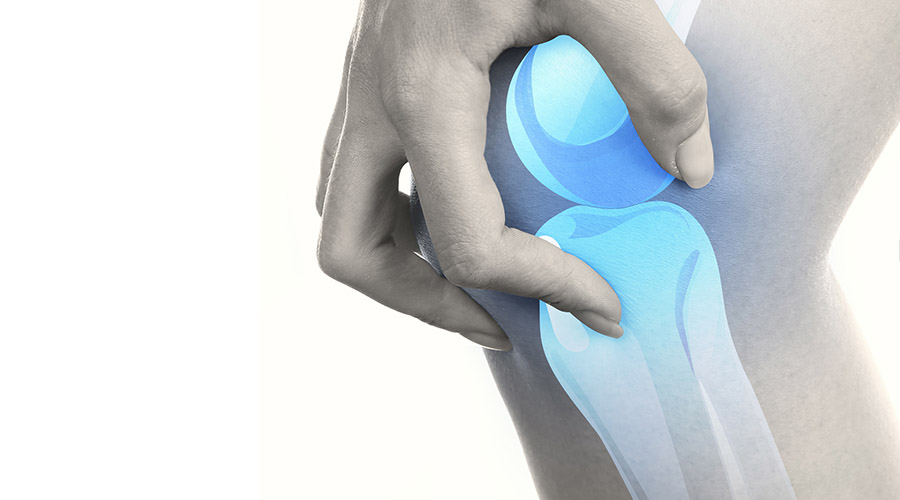What To Do After You’ve Injured Your Knee?
Knee injuries may be common, but they’re never pleasant. Seeing a physiatrist earlier after your injury—whether minor or major—can help you achieve better outcomes earlier.
We’re sorry you’re reading this because it means you or someone you care about is suffering.
General advice, after you hurt your knee, is something you’ve probably heard before—RICE.
- Rest – Keep weight off your knee. Once it feels a little better, do some gentle range-of-motion exercises to keep it from getting stiff.
- Ice – On and off for fifteen to twenty minutes, or five minutes on, five off if otherwise too painful.
- Compression – Use an elastic bandage to wrap your knee—not so tight that it restricts bloodflow, but comfortably snug.
- Elevate – Prop your knee up as much as possible to help reduce swelling.
Taking some anti-inflammatory painkillers will help with the swelling as well. Once you’re up and walking around, you can wear a knee brace to help stabilize your knee while it heals.
Strengthening
After RICE, if your knee seems to be making progress, you can start doing some strengthening exercises. While these kinds of exercises are commonly associated with post-surgery healing, exercises that strengthen your hips and glutes will help take strain off your knees at any time (after an injury or even to help prevent injury). Other knee-specific exercises will also help promote healing and blood flow.
Evaluating
If your knee is still swollen or painful after a week or two, your symptoms don’t seem to be alleviated by responding to your at-home RICE treatment. You probably need more help getting back to 100%. What it usually comes down to is figuring out how serious the injury is.

If you do require surgery for your injury, seeing a physiatrist before and after can help you achieve better outcomes.
Surgery?
Did you injure a ligament? Symptoms of a knee ligament injury are sudden pain during your injury, hearing a loud “pop”, having a loose feeling in the joint, and having difficulty putting weight on your joint without pain. Mild to moderate knee ligament injuries may heal on their own, given time, RICE, and even some strengthening exercises. The crucial ligaments (your ACL and PCL) won’t heal on their own if they are completely torn.
Get Help
To find a physiatrist who can help you build a non-invasive treatment plan, go here.

